I've documented this elsewhere, but thought that it might be of interest to some members here.
Rev. Robert Stirling patented the idea of an engine that converted a temperature difference into motion in 1816. A Stirling engine utilises a clever linked mechanism that uses a flywheel driven displacer to circulate the air inside a main chamber, which drives a piston attached to the same flywheel. As long as there is sufficient temperature difference between either end of the chamber, the engine will run. There are detailed explanations of the physics here: https://en.wikipedia.org/wiki/Stirling_engine
It's fairly easy to construct a Stirling engine from scratch, but Kontax produce some nicely engineered kits. This model can be run from the heat of a hand providing that the surrounding air temperature is at least 5°c cooler. For added interest I chose a model that featured the additional Ross yoke mechanism which looks great in action and allows both the piston and displacer to be connected on the same side end of the axle.
The kit arrives very nicely packaged.
All parts present and correct. I'll wear my snooker referee gloves when handling the shiny bits.
The instructions are very good with excellent attention to detail. Using a mug is suggested to aid with the assembly, I believe that most types will suffice, but an Adnams mug is probably best.
Even the packaging has been designed to aid with the construction.
Here's that nifty Ross yoke.
Now ready to run, it's quite a straightforward process taking less than an hour even at my slow pace.
But now I need a nice heat source.
Now there's something that gets nice and warm as the valves heat up. A Bush DAC.90 Radio Receiver.
It works rather well!





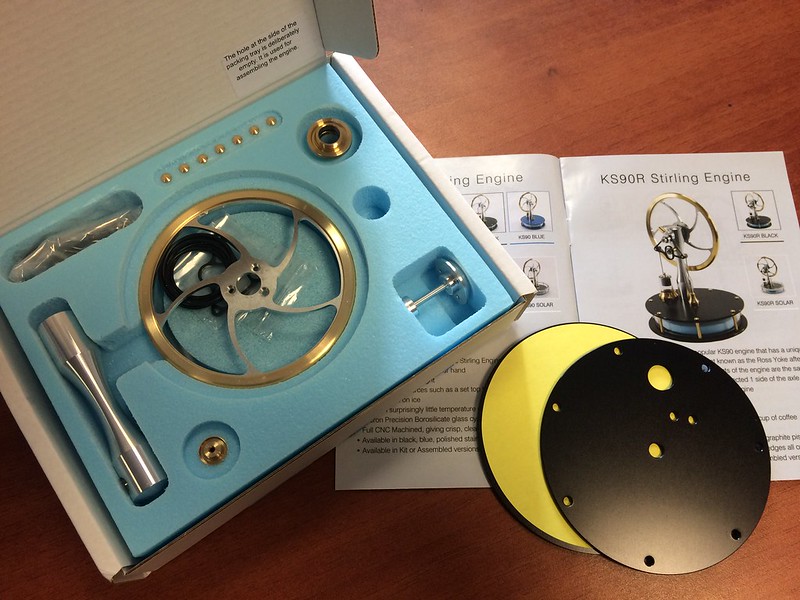

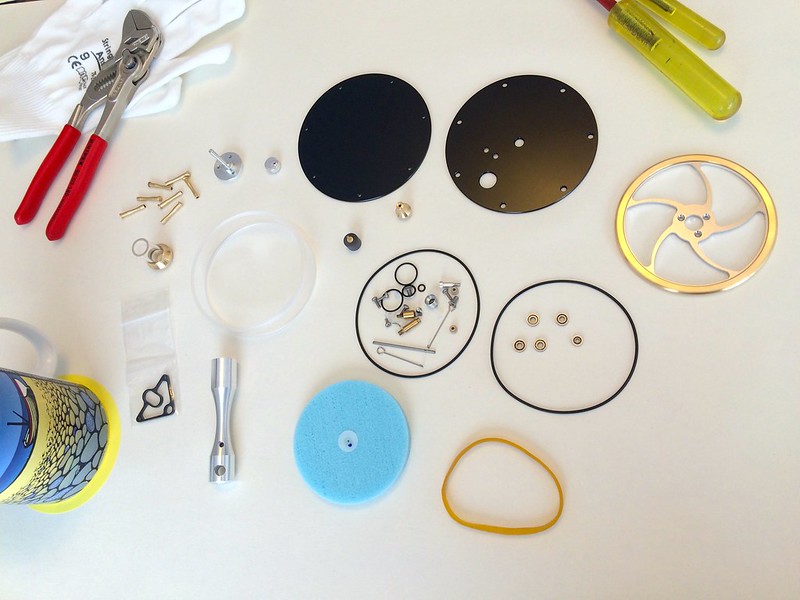
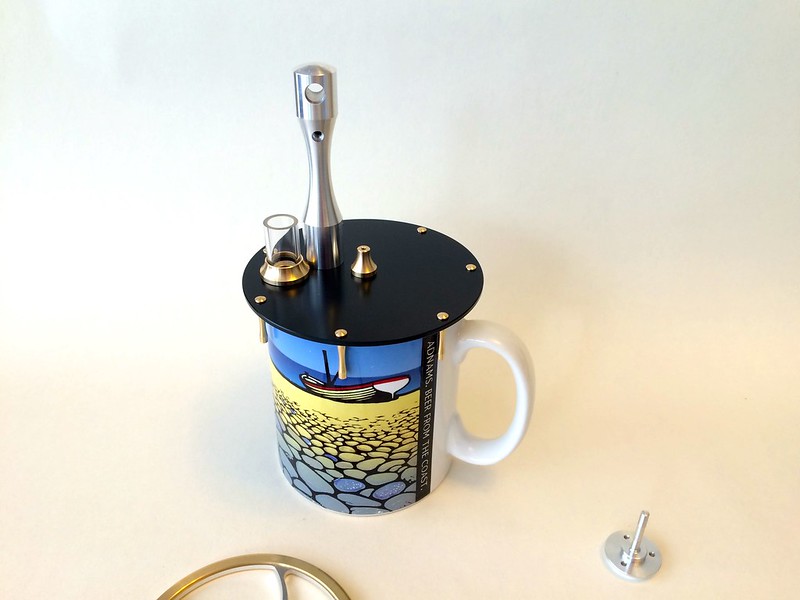
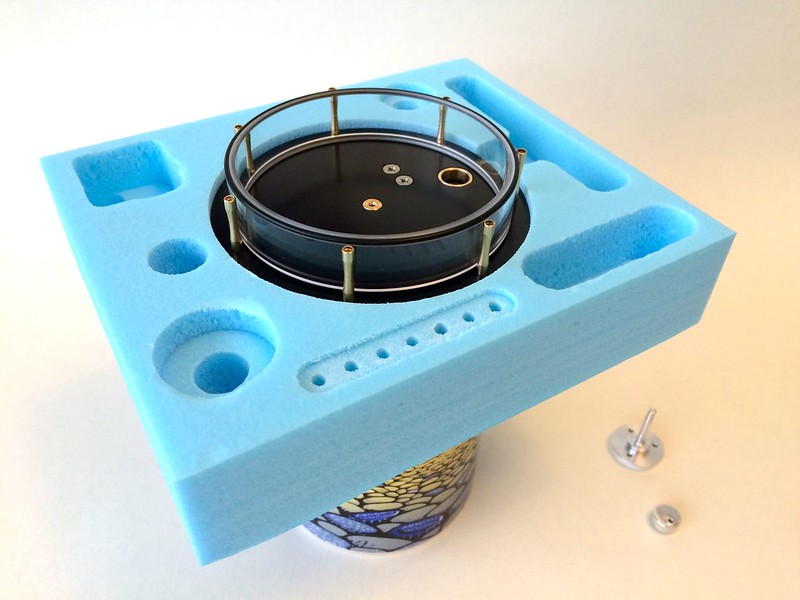
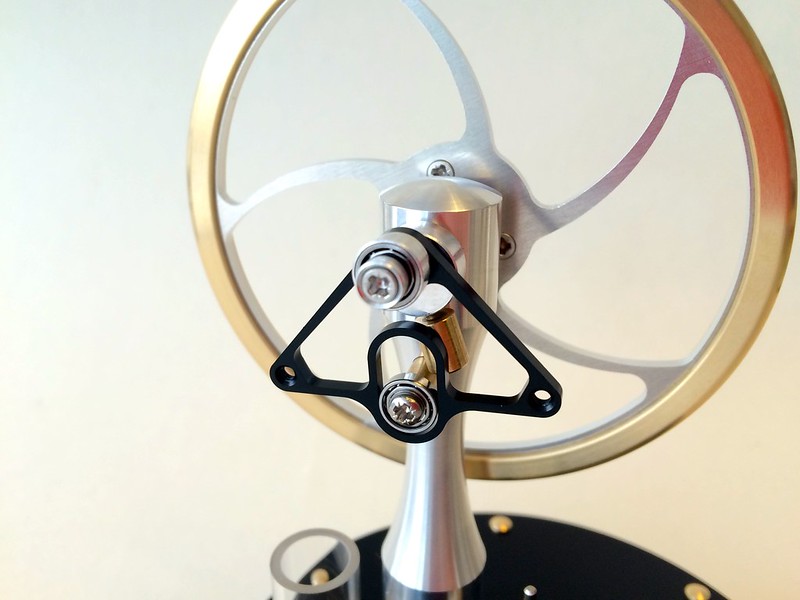
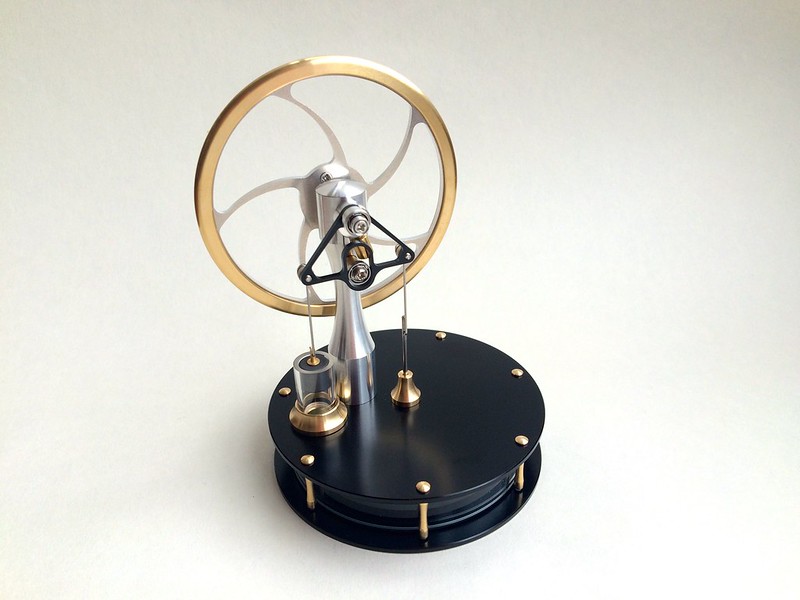
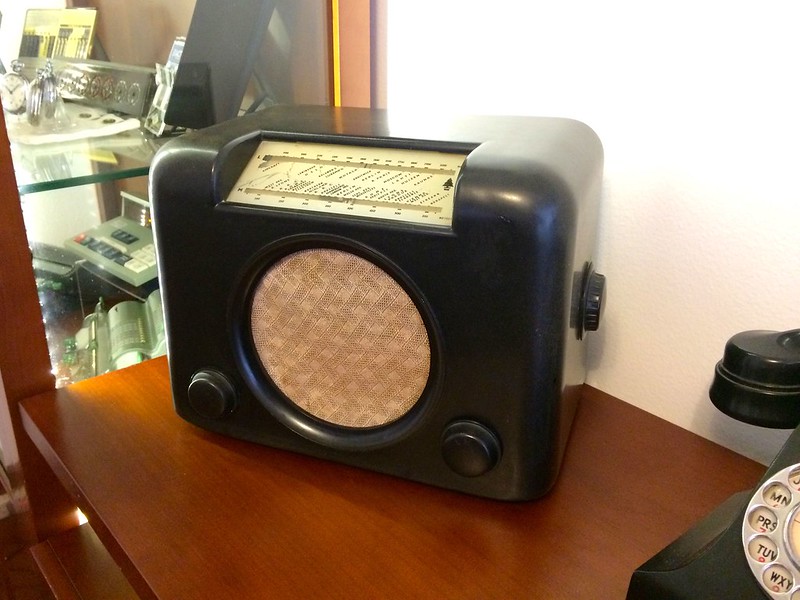


 Reply With Quote
Reply With Quote